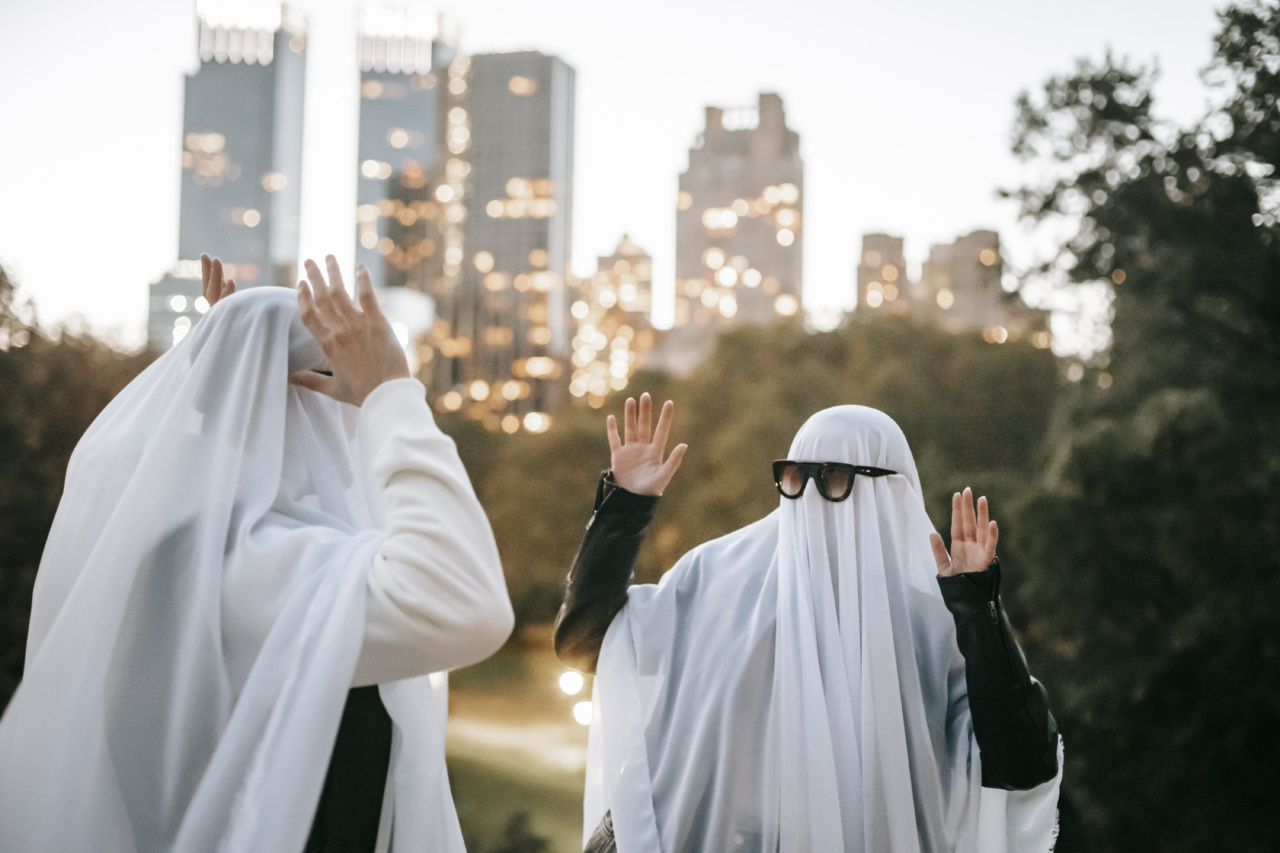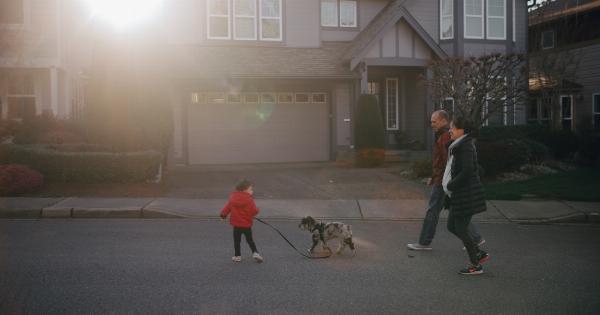Many people experience a fear of falling at some point in their lives, especially as they age. However, for a sizable population, this fear can be crippling and debilitating.
This fear is not just limited to the physical act of falling, but also to situations that could potentially lead to falls. It is important to address this issue as it can affect an individual’s quality of life and pose significant mental and physical health risks.
What is a Fear of Falling?
A fear of falling is an excessive fear or anxiety related to the possibility of falling or losing balance.
It is estimated that around 30% of adults aged over 65 years experience a fear of falling, with the number increasing to 50% for those aged over 80 years. The fear of falling is not limited to older individuals, as it can also affect younger people who have experienced a fall or have a fear of falling.
Symptoms of a Fear of Falling
Individuals with a fear of falling may exhibit various physical and psychological symptoms, including:.
- Increased heart rate
- Rapid breathing
- Excessive sweating
- Trembling
- Nausea
- Dizziness
- Difficulty concentrating
- Heightened anxiety or panic attacks
Causes of a Fear of Falling
A fear of falling can have various underlying causes. It can be triggered by a particular incident, such as a fall or an injury, or it may be caused by an underlying medical condition. Some common causes of a fear of falling include:.
- Past experiences of falls or injuries
- Changes in physical functioning and mobility due to aging
- Neurological conditions such as Parkinson’s disease, multiple sclerosis, or stroke
- Visual or vestibular impairments
- Environmental factors, such as poor lighting, uneven surfaces, or cluttered spaces
- Psychological factors, such as anxiety, depression, or post-traumatic stress disorder (PTSD)
Psychosomatic Effects of Fear of Falling
A fear of falling can have significant psychosomatic effects on an individual, affecting their quality of life and mental well-being. It can lead to social isolation, reduced physical activity, and a decline in overall health.
The fear of falling can also lead to an increased risk of falls and injuries, causing a vicious cycle of fear and avoidance behavior. In severe cases, individuals may develop a fear of leaving their homes, leading to agoraphobia and complete withdrawal from daily activities.
Treatment for a Fear of Falling
Various treatment options are available for individuals struggling with a fear of falling:.
- Physical therapy to improve balance, gait, and strength
- Environmental modifications to reduce fall risks
- Medications to address underlying medical conditions and anxiety
- Cognitive-behavioral therapy (CBT) to address negative thoughts and behaviors related to falling
- Eye movement desensitization and reprocessing (EMDR) therapy to address past traumatic experiences related to falling
- Group therapy or support groups to address social isolation and enhance social support
Preventive Measures
Preventive measures can also be taken to reduce the risk of falls and the fear of falling:.
- Maintain an active lifestyle and engage in regular exercise to improve balance, strength, and mobility
- Get regular vision and hearing check-ups
- Modify the home environment to reduce fall risks, such as using non-slip mats, removing clutter, and installing handrails
- Avoid walking on uneven surfaces or in dimly lit areas
- Wear appropriate footwear with good traction
- Manage underlying medical conditions, such as high blood pressure or diabetes
Conclusion
A fear of falling is a common issue, especially among seniors. It can have significant psychosomatic effects, including social isolation, decreased physical activity, and a decline in overall health.
However, treatment options are available, and preventive measures can be taken to reduce the risk of falls and the fear of falling. Seeking professional help and community support can also go a long way in addressing this issue and improving the quality of life for those affected.






























